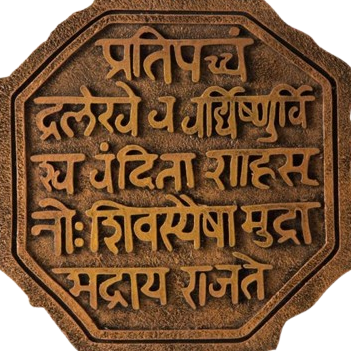
What You Need to Know About the IELTS Writing Section
The IELTS Writing section can feel challenging, however with proper planning, and guidance you can make your journey a little easier. At The language SKOOL we have structured Let’s break down each part and understand how you can tackle them confidently.
The IELTS Writing section can feel challenging, however with proper planning, and guidance you can make your journey a little easier. At The language SKOOL we have structured
Let’s break down each part and understand how you can tackle them confidently.
Understanding the Two Parts of the IELTS Writing Section
Task 1: Describing Visual Information In Task 1, you will be given a chart, graph, table, or diagram. Your job is to write a clear description of the visual information provided. The key is to highlight the main trends, compare data points, and summarize the information effectively. You don’t need to add any personal opinions—just stick to what you see.
● Example: You might be asked to describe a line graph showing the rise in internet users over 10 years. Your response should mention the overall trend (e.g., “an increase over time”), specific details (e.g., “sharp rise between 2015 and 2020”), and any noticeable patterns.
Tips for Task 1:
● Spend about 20 minutes on this part.
● Make sure your response is at least 150 words.
● Use linking words like “in contrast,” “similarly,” or “overall” to make your writing flow smoothly.
● Practice summarizing key points without copying words directly from the question.
Task 2: Essay Writing Task 2 is a bit more complex. You will need to write an essay responding to a question or statement. This task tests how well you can express your ideas, provide logical arguments, and maintain clear organization. Essays can cover a variety of topics, such as your opinion on a social issue, solutions to a problem, or arguments for and against a viewpoint.
● Example: The question might be, “Do you think technology has made communication easier or more complicated?” Your essay should include your opinion, supporting examples, and a conclusion.
Tips for Task 2:
● Spend about 40 minutes on this part, and aim for at least 250 words.
● Create a basic outline before you start writing to keep your thoughts organized.
● Use paragraphs to separate your introduction, main points, and conclusion.
● Include a clear thesis statement (your main idea) at the end of the introduction.
Why Task 2 Feels More Difficult
Many students find Task 2 harder than Task 1.
Why? Because it requires:
● Critical thinking: You need to analyze the question, decide on your main points, and present your arguments clearly.
● Strong structure: A well-organized essay needs an introduction, body paragraphs with examples, and a conclusion.
● Language skills: You’ll need to use a variety of sentence structures, vocabulary, and transition words to score higher.
How The Language SKOOL Can Help You Succeed
Preparing for the IELTS Writing section can be smoother with the right guidance. At The Language SKOOL, our experienced teachers will help you:
● Understand each task in detail: We break down what examiners are looking for and how to meet those expectations.
● Practice with real examples: Work on sample questions that mirror the actual IELTS exam.
● Get personalized feedback: Learn from your mistakes and improve your writing skills with constructive advice.
● Master time management: Our tips and practice sessions will help you complete both tasks within the time limit.
With step-by-step guidance, plenty of practice tests, and expert tips, we’ll help you build confidence and get ready for your IELTS Writing section.
Ready to improve your writing skills? Join The Language SKOOL and let us support you on your journey to IELTS success!












